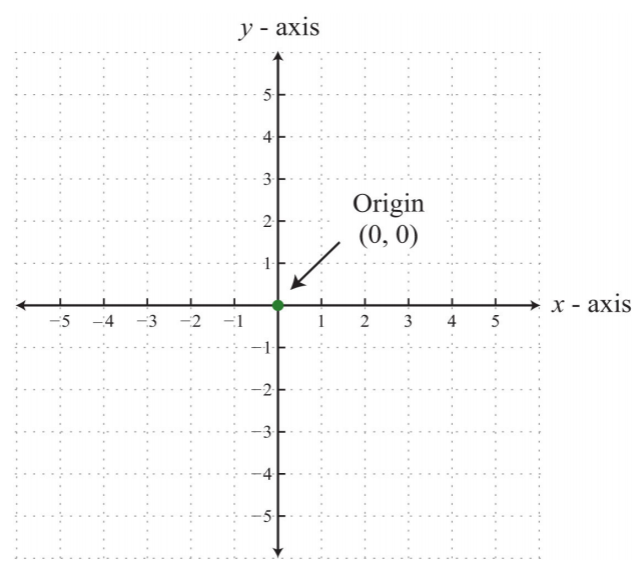In mathematics, numbers can be represented in whole, integer, fractional, and decimal forms. Depending on the form, the mechanics of arithmetic operations to add, subtract, multiply, and divide them change. For example, regular recalculation adds and subtracts whole numbers, as shown in equations 1 and 2. Integer numbers are added and subtracted by considering the sign, which can be plus or minus: shown in equations 3 and 4. Fractional numbers are added and subtracted by reducing each fraction to a common denominator, followed by the classical steps, as demonstrated in equations 5 and 6. Finally, decimal numbers are added by their digits, and in general, these actions are not different from integer numbers.
The procedure for multiplying and dividing numbers is slightly different. Equations 9 and 10 show that knowledge of the multiplication table is used to multiply and divide whole numbers. The same rules apply for integer numbers, but the sign is taken into account, namely the product or division of two minuses always gives a final plus. Equations 13 and 14 also show that when multiplying and dividing fractional numbers, it is not necessary to look for a common denominator because the numerators and denominators of each fraction are multiplied by each other. Finally, when multiplying decimal fractions, except for taking into account the signs, they are multiplied as regular numbers, ignoring the point, after which the point is returned to its place (Russick, 2021). In the case of division, the point need not be put back in place.
The logic of equations is based on the fact that each of the two sides is equated with the other: there is complete equality between the two components of the equations, separated by the equality sign. It is for this reason that any arithmetic performed on one side must be repeated on the other. On the contrary, if this rule is ignored, the logic of the equation will be broken, and the student will get the wrong, distorted version. In addition, equations play an essential role in human life, not just limited to use in textbooks. Fun slides in amusement parks often take the form of quadratic equations or parabolas; determining the size of discounts or the speed of a car is also done using equations alone.
The graphical form of the equations generally uses a rectangular, or Cartesian, coordinate system consisting of four quadrants. The principle of this system is the intersection of two perpendicular axes pointing in specific directions (Rectangular coordinate system, 2021). That is, an increase in the function on one of the axes can lead to a decrease or increase in the function on the other. For example, the graph of supply and demand in the coordinates “volume of supply, price of goods” is an essential coordinate system for economics. Additionally, the axes “height, and weight” can be used for morphological observations in sports or medicine. Another example of such a coordinate system is the combination of “temperature, enzymatic activity,” which can be used in the biochemical sciences.

Polynomials are a mathematical notation consisting of terms, each arguing for a particular power, as shown in Equation 17. A fundamental property of polynomials comes from this — they cannot be simplified because the terms cannot be added to each other. However, this does not mean that the terms cannot be swapped since their transposition will not change the meaning of a particular polynomial, although it will lose its standard form (Polynomials, 2021). In addition, each polynomial has its own power, which is entirely determined by the senior term of the expression: for equation 17, this polynomial has a power equal to five.
One way to solve polynomial expressions is to factorize them. This is done by bracketing the full term of the entire expression, if any, and converting the polynomial into a product of two components, as shown in extended Equation 18. There are several ways to factorize a polynomial, whether by grouping or to use the classical formulas of difference-of-squares or the perfect square trinomial. In all of these cases, these procedures help to solve the equations through simplifications of the expressions, as shown below.
Another way to solve an equation is to use rational equations. This process is illustrated in equation 21: to do this, each side is multiplied by LCD, then the parentheses are opened, and the simplification is performed. In this way, it becomes possible to eliminate the denominator, but it is always necessary to check the roots for compatibility with the equation by domain.
The last point to discuss is the properties of quadratic equations. A general example of such an equation is shown in equation 22. In this case, one can see that it is a polynomial with a power of two. The area of the definition of such functions is the entire coordinate plane, and the area of value is bounded by the upper or lower — depending on the sign at the maximum term — peak. The function can be even, or the number determines neither odd nor even, and this at b: if b = 0, the function is even. For any quadratic function, the discriminant can be calculated, which allows you to solve the equation and find the roots. Such functions are used in the study of projectile flight, fireworks, for fun slides, and in optics in the construction of mirror antennas or searchlights.
References
Polynomials. (2021). Cuemath. Web.
Rectangular coordinate system (2021). Libre Texts Mathematics. Web.
Russick, J. (2021). How does adding and subtracting decimals work? Tutor Me Blog. Web.